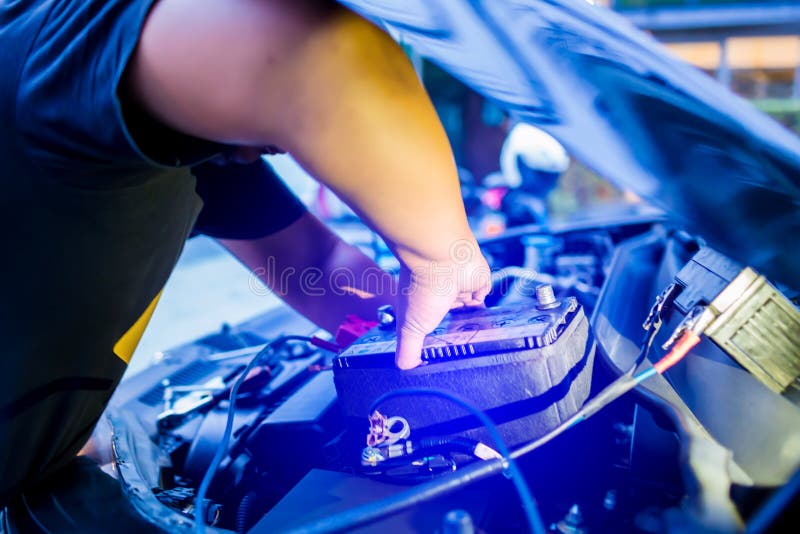
However, open-source equipment is “diverse enough and adaptable enough to switch from crop to crop,” said Algiere.īut it’s not just diversified, small farms that may benefit from dexterous equipment that can nimbly navigate between rows. When farmers want to add a new crop, that may also mean adding more expensive machinery. Most commodity-scale farms are designed to accommodate the size and shape of large tractors and combines. “It’s so critical-as critical as having good seeds.”Īlong with easily repairing his equipment, Algiere has found that open-source equipment has helped him more effectively manage the highly diversified farm. We fix and repair and modify just about everything,” said Algiere.

“We have a lot of open-source equipment and tools that we’ve designed ourselves. In his case, that means 12 acres of organic vegetables, including up to 500 different plant varieties at any one time.Īmid a growing “right to repair” movement pushing farm equipment manufacturers to shift their practices, some are calling for a new, open-source production model to become the norm. Under this model, farm equipment is designed to be easily modified and repaired by relying on accessible, universal parts, while sharing or licensing the design specifications and source code.Īlgiere, who is the director of agroecology at the Stone Barns Center for Food & Agriculture in Tarrytown, New York, is a proponent for open-source equipment that farmers can customize to the unique needs of their farms.

Now, amid a growing “right to repair” movement pushing farm equipment manufacturers to shift their practices, some have gone a step further by calling for a new, production model altogether, built on an open-source system. Algiere grew up in an era when it was second nature for farmers to fix their equipment-before farm equipment manufacturers like John Deere and others started incorporating proprietary software, parts, and tools only accessible to authorized dealerships.


 0 kommentar(er)
0 kommentar(er)
